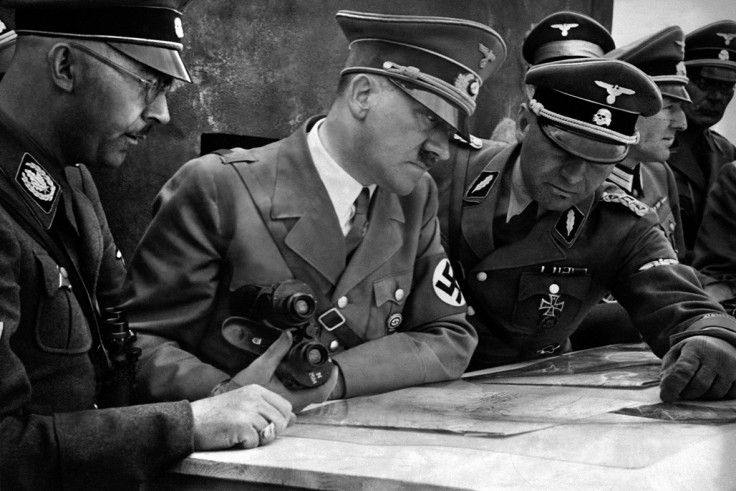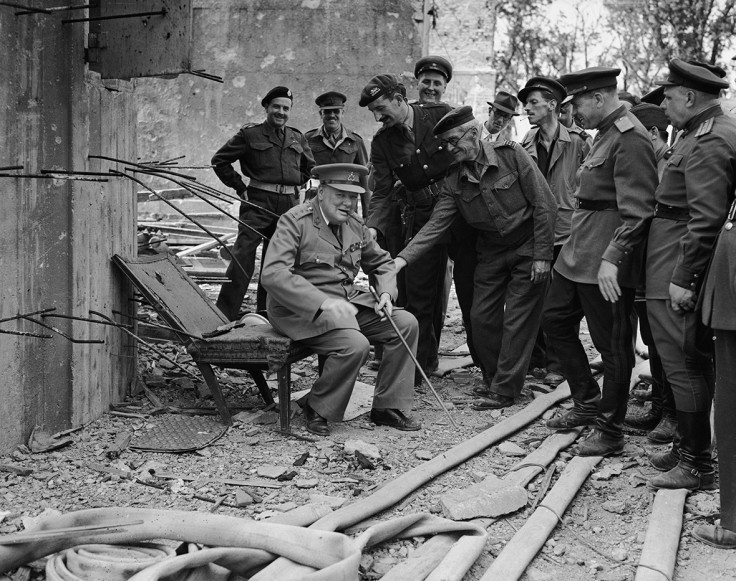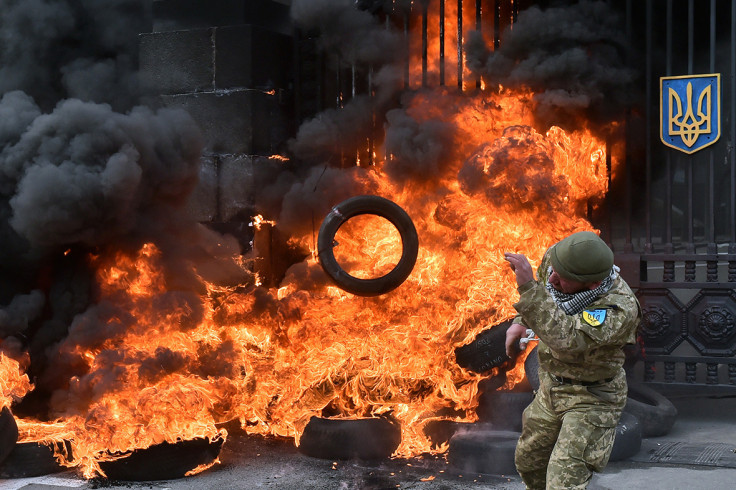VE Day: The Nazis that fought on without Hitler after the 8 May surrender
While most of Europe woke up to a continent without war, pockets of the German Army refused to go down without a fight.

Victory in Europe, or VE Day, is marked on 8 May each year to commemorate the historic day in 1945 when, for the first time in almost six years, Europeans woke up to a continent that was no longer at war.
Nazi Germany had officially surrendered the previous afternoon sparking celebrations throughout the Allied countries, including the US, the Soviet Union and Britain.
But VE day did not signal the end of the war for every soldier in Europe.
IBTimes UK recounts the stories of the Nazis that dug-in past 8 May and the nationalists in Eastern Europe who defied the Soviet Union.
Nazis that fought after VE Day
Pockets of German forces on the Eastern front, the French Atlantic coast and the Greek islands did not surrender until 9 May 1945. Thousands of men laid down their weapons in the 24-hours after VE Day.
But it was not until 13 May, five days after VE, that the final fragments of the Wehrmacht and SS in Poland and Czechoslovakia surrendered to Soviet forces.
More than 400 lives were lost on 14 and 15 May at Poljana on the Yugoslav/Austrian border as an army of pro-Nazi Croats, 'Chetniks', and German soldiers fought against Communist forces. This bloody clash in modern day Slovenia took place six days after VE Day.
Shortly afterwards, British troops arrived to help prevent Yugoslav axis collaborators from fleeing the country. Once returned to Yugoslavia, thousands of men were then murdered in what became known as Bleiburg repatriations.
On 16 May, more than a week after the war in Europe had officially ended, German garrisons in the British Channel Islands finally surrendered after five years of occupation.
Iconic wartime images of Nazi officers looking across the sea towards the white cliffs of Dover reveal just how close the Nazis got to Britain.

The last European battle of WWII took place on the occupied Dutch island of Texel and ended on 20 May 1945 – 12 days after VE Day. It was fought between German forces and conscripts from the Georgian Army who rose up against their former comrades.
Over 1,500 lives (around 800 German) were lost during the battle, which began on 5 April and raged for several weeks. In 2005, Mikheil Saakashvili, the Georgian president, visited the island to honour his fallen countrymen at what is considered to be the final battle of the war in Europe.
And finally, the last group of Germans to surrender in WWII were stationed on Bear Island, midway between Norway and Greenland. The group had lost radio contact with from their Arctic outpost.
They were informed that their side had lost by a band of Norwegian Seal fishermen on 4 September 1945. They gave up without a fight.
The Ukrainian Insurgency Army
It wasn't only the Nazis who fought on, however. The immediate aftermath of WWII saw a number of conflicts between the Soviet Union and nationalist insurgencies from within the emerging superpower's territories.
One force of particular note was the Ukrainian Insurgency Army (UPA). They provided guerrilla resistance to both the Nazis and the Soviet Union during WWII.
After VE Day, with the Ukraine annexed to the Soviet Union, the UPA nationalists specialised in assassinating officials. The insurgents had the widespread support of the local population and could travel at will through some parts of the country, which they held.
The UPA enjoyed good contact with members of the intelligence services in Britain, France and the US. However, by 1947/48 the Soviets established an intelligence network within the UPA and were able to degrade them to a point where large-scale collectivism could be implemented throughout Ukraine.

© Copyright IBTimes 2025. All rights reserved.





















